Bursting for Ma’Adra Öküzgözü
For several years Ma'Adra's Öküzgözü rosé has been one of my go-to rosés. But I've always wondered why they don't make a red. I don't have to wonder anymore because now they do! At November's Sommeliers Selection event in Istanbul, Ma'Adra debuted its new carbonic maceration Öküzgözü. We don't talk about carbonic maceration a lot in Turkey. While Ma'Adra may not be the first winery here to use the technique, it is the first to proudly put it on the label. But, what is it? Carbonic Maceration, the Internal Combustion of Winemaking Carbonic maceration is probably how early wine got made
Read More












